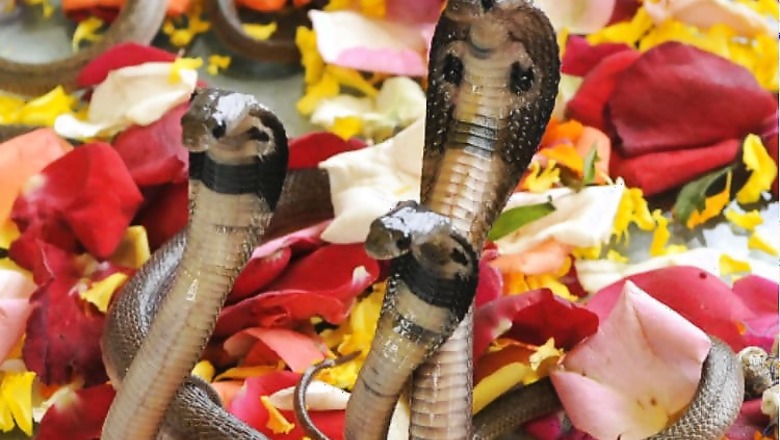
views
London: Snakes lost their limbs when their ancestors evolved to wriggle through burrows, and not in order to live in the sea, according to a new analysis of a 90 million-year-old reptile fossil skull.
Comparisons between CT scans of the fossil and modern reptiles indicate that snakes lost their legs when their ancestors evolved to live and hunt in burrows, which many snakes still do today.
The findings from University of Edinburgh in the UK show that snakes did not lose their limbs in order to live in the sea, as was previously suggested.
Scientists used CT scans to examine the bony inner ear of Dinilysia patagonica, a 2-metre long reptile closely linked to modern snakes.
These bony canals and cavities, like those in the ears of modern burrowing snakes, controlled its hearing and balance.
They built 3D virtual models to compare the inner ears of the fossils with those of modern lizards and snakes. Researchers found a distinctive structure within the inner ear of animals that actively burrow, which may help them detect prey and predators.
This shape was not present in modern snakes that live in water or above ground.
The findings help scientists fill gaps in the story of snake evolution, and confirm Dinilysia patagonica as the largest burrowing snake ever known.
They also offer clues about a hypothetical ancestral species from which all modern snakes descended, which was likely a burrower.
"How snakes lost their legs has long been a mystery to scientists, but it seems that this happened when their ancestors became adept at burrowing," said Hongyu Yi, of the Edinburgh's School of GeoSciences, who led the research.
"The inner ears of fossils can reveal a remarkable amount of information, and are very useful when the exterior of fossils are too damaged or fragile to examine," Yi said.















Comments
0 comment